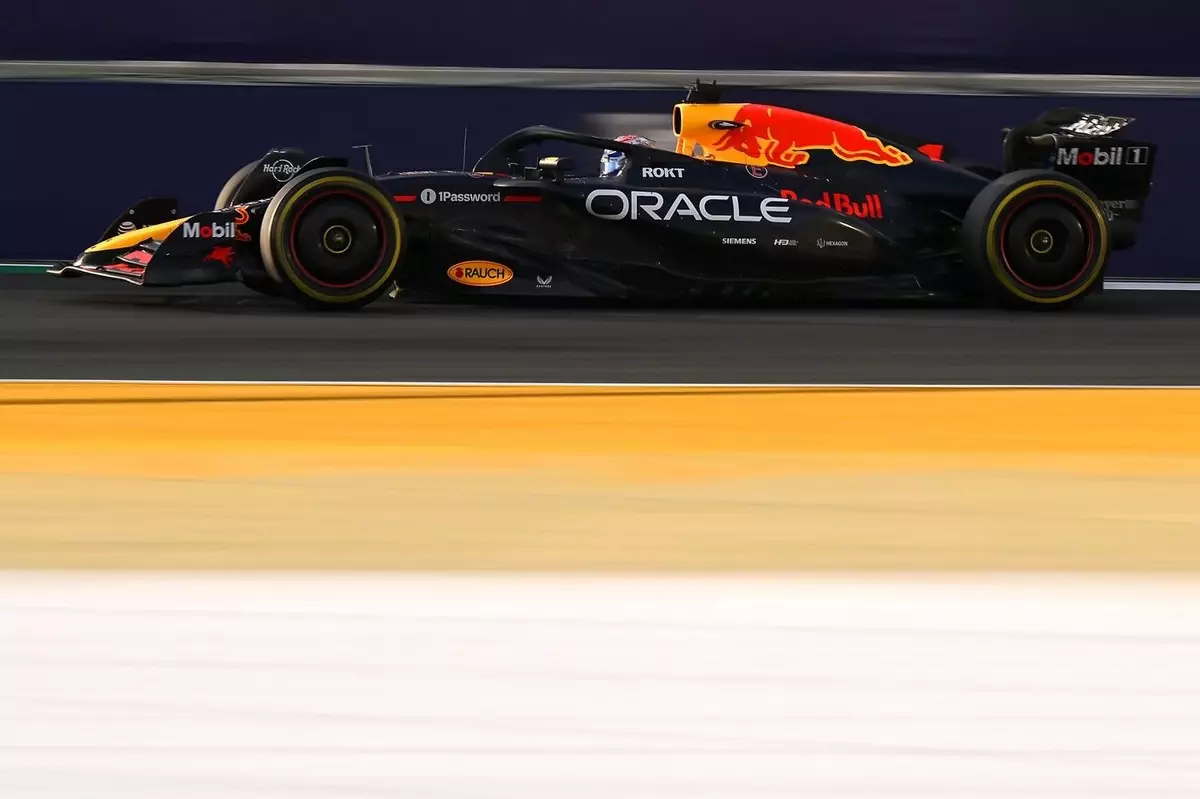The world of Formula 1 is a relentless battleground where teams must reconcile the pursuit of speed with the harsh realities of engineering limitations. Among the titans of this world, Red Bull Racing has become synonymous with dominance, but as they wade through recent performance issues, the mystique surrounding them is now tinged with concern. The phrase „crisis talks“ recently surfaced during discussions among team executives after disappointing practice sessions, indicating cracks in the well-oiled machine that many had come to admire. In a sport where every fraction of a second matters, the internal discontent at Red Bull has stirred skepticism, and it’s crucial to understand the layers behind this turbulence.
A Venerable Legacy with Modern Challenges
Interestingly enough, Red Bull’s challenges are not merely operational. The team possesses an enviable history that, as a former powerhouse, has now evolved into a multi-dimensional entity. Their past exploits, including managing turbulent seasons as Jaguar Racing and their ownership battles over wind tunnel technologies, paint a picture of a company striving for excellence amidst adversities that now appear almost Bohemian amidst the high-tech offerings of today’s F1. Historical context showcases the difficulties Red Bull has faced and the innovative spirit that has defined its ascent—a spirit that now risks being overshadowed by technical inconsistencies and performance anxiety.
The vivid imagery of team principal Christian Horner downplaying mounting concerns after a lackluster performance is emblematic of the classic dichotomy in motorsport: the tension between reality and perception. Where Horner seeks to squelch rumors of chaos, the frequency of urgent meetings among senior staff betrays a more complex narrative. The pit walkways and the paddock buzz with whispers and speculation, each suggesting that while Red Bull may not be in a state of outright crisis, the ambitions to reclaim their former glory could lead to missteps if not carefully navigated.
The Technical Conundrum
At the heart of Red Bull’s current situation is a troubling disconnect between simulation data and real-world performance. Historically, the ability to translate insights from their sophisticated wind tunnel into track success has been a hallmark of their engineering prowess. However, Horner’s candid admission about the loss of correlation is troubling; it signals an organization grappling with the very tools that once secured its prestigious position in the sport. The notion that their wind tunnel is a „relic of the cold war” might elicit chuckles, but it also reveals a pressing need for reinvention—a call to action that seems at odds with their otherwise aggressive modernization rhetoric.
As teams across the grid advance technologically and aerodynamically, one can’t help but wonder: are the hugely expensive advancements in simulation technology leaving Red Bull behind? While other teams seem to thrive on refined benchmarking, it increasingly appears that Red Bull might be stuck in a vicious cycle of outdated methods and equipment. In an age where precision is prized, the team’s recognition of their challenges becomes alarming when placed alongside the swift accomplishments of their competitors.
Racing Against Time and Expectations
Max Verstappen’s recent performances serve as both a beacon of hope and a source of grave concern for Red Bull. Winning races effortlessly is one thing, but the inconsistent performance during practice sessions speaks volumes about the ongoing fragility of the car dynamics. Moreover, while fans celebrate moments of brilliance, they must also reckon with the limitations that this inconsistency brings—a shadow that looms larger than past victories.
Front-runners like the McLarens and Ferraris are not merely eager to pull the rug from under Red Bull; they are actively investing time and resources in performance enhancements, perpetually raising the bar. Red Bull’s engineers are tasked not only with restoring previous glory but with nurturing the ambitions of an ever-impatient driver who is visually and vocally frustrated. It embodies the quintessential F1 struggle—the razor-thin balance between ambition and performance, where time is of the essence.
Future Roads: Redirecting Momentum
As Red Bull confesses to challenges and looks to the future with optimism about potential updates, the critical path to transformation must feature a grounded assessment of their current technological arsenal. Engineering an instant turnaround will be challenging—one does not solve deep-rooted performance issues overnight. Nevertheless, the team’s trajectory must prioritize adaptability, seeking not only to achieve reliable performance but also to embrace a generational shift towards innovation.
Wrapped in these complexities is a lesson that resonates beyond the racetrack. Red Bull Racing’s current state challenges them to reconsider what they value in their engineering processes and highlights the ongoing battle between tradition and modern technical demands. As the whispers of crisis simmer in the air, they represent more than mere threats to performance; they reflect an ongoing evolution where resilience, optimism, and a fierce drive for innovation will determine not only the fate of Red Bull Racing but the future of competitive motorsport itself.


Napsat komentář